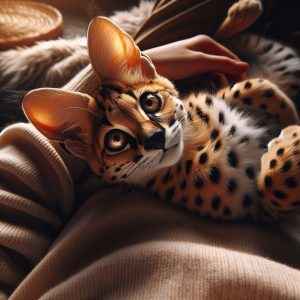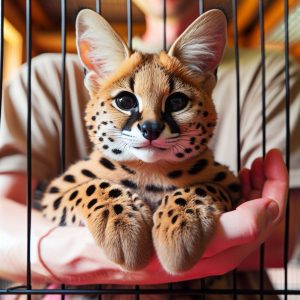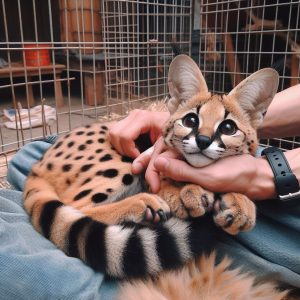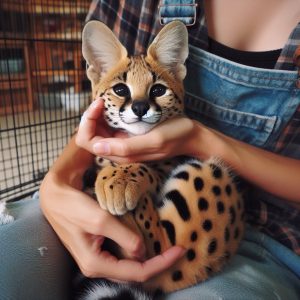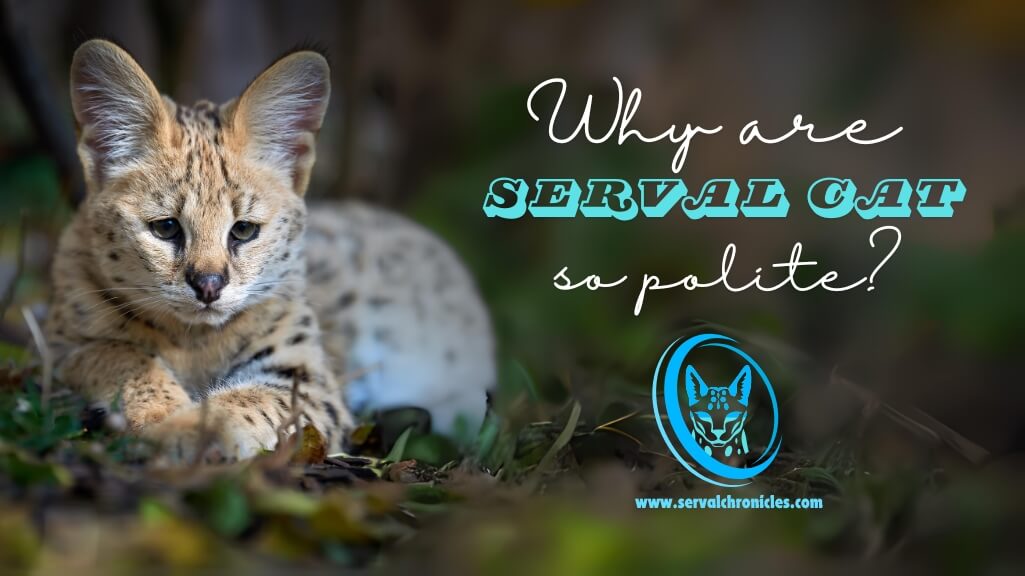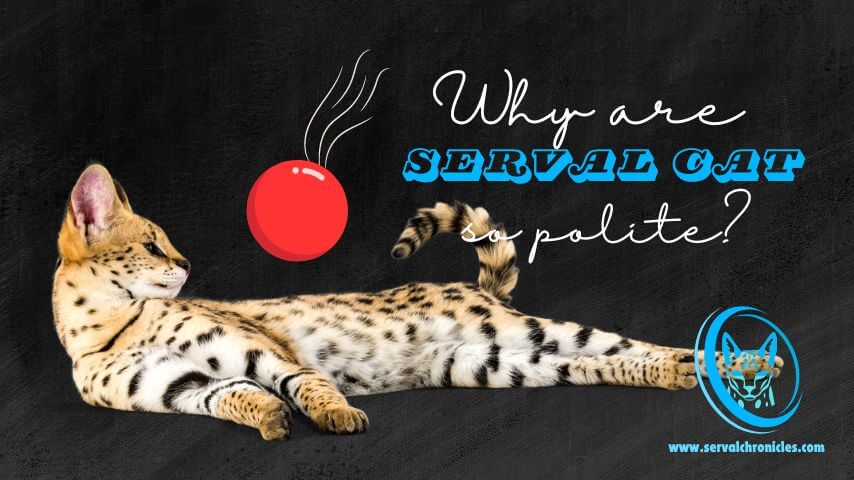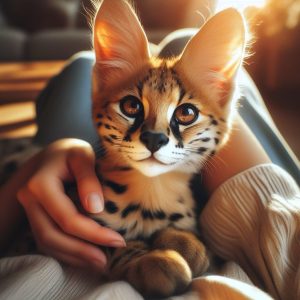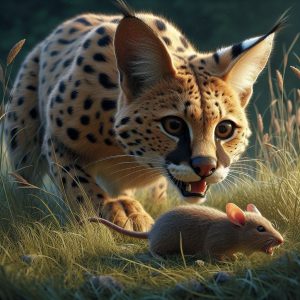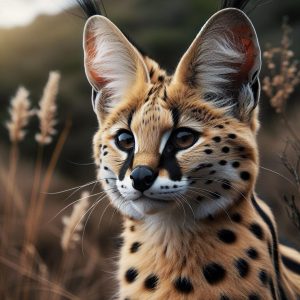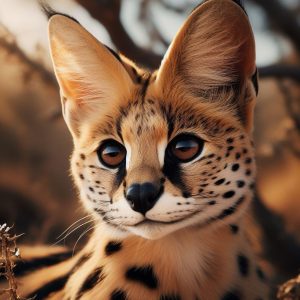Servals, a species of wild cat native to Africa, are facing various threats that have led to their endangered status. Habitat loss and fragmentation are among the primary reasons for the decline in serval populations. As human populations expand, forests are cleared for agriculture, settlements, and infrastructure development, depriving servals of their natural habitat. This loss of habitat restricts their ability to find food, seek shelter, and reproduce, ultimately impacting their survival.
Furthermore, the fragmentation of serval habitat due to roads, fences, and other barriers disrupts their natural movement patterns. Servals are solitary animals with large home ranges, and fragmentation can isolate populations, leading to decreased genetic diversity and making them more vulnerable to diseases and other environmental pressures.
Human-wildlife conflict is another significant factor contributing to the endangerment of servals. As their natural habitat shrinks, servals are increasingly coming into contact with humans and domestic animals, leading to conflicts. Farmers may view servals as threats to their livestock and retaliate by poisoning, shooting, or trapping them. Additionally, servals may be accidentally killed by vehicles or domestic dogs, further reducing their numbers.
Poaching and illegal trade also pose serious threats to serval populations. Despite legal protections in place in many countries, servals are still targeted for their fur, which is used in traditional clothing and accessories. Furthermore, servals are sometimes captured and sold as exotic pets, despite the fact that they are wild animals and not suitable for domestication. The illegal trade in servals not only depletes their numbers but also undermines conservation efforts aimed at protecting them.
Climate change is exacerbating the challenges faced by servals and other wildlife species. Rising temperatures, shifting precipitation patterns, and more frequent extreme weather events are altering serval habitat and affecting their prey populations. These changes can disrupt the delicate balance of ecosystems and further threaten the survival of servals.
Conservation efforts are underway to address the various threats facing servals and mitigate their impact on populations. Habitat restoration and conservation initiatives aim to protect and restore serval habitat, creating corridors for them to move between fragmented areas. These efforts often involve collaboration between governments, conservation organizations, and local communities to ensure the long-term survival of servals and other wildlife species.
Educational programs are also essential for raising awareness about the importance of conserving servals and their habitat. By teaching people about the ecological role of servals and the threats they face, we can foster greater appreciation and support for their conservation.
Additionally, stricter enforcement of laws against poaching and illegal trade is crucial for protecting servals from exploitation. By cracking down on wildlife crime and prosecuting offenders, authorities can deter future poaching and help safeguard serval populations.
In conclusion, servals are endangered due to a combination of factors, including habitat loss and fragmentation, human-wildlife conflict, poaching and illegal trade, and climate change. Conservation efforts aimed at addressing these threats are vital for ensuring the survival of servals and preserving biodiversity in their natural habitats. By working together to protect servals and their habitat, we can secure a brighter future for these magnificent creatures.
